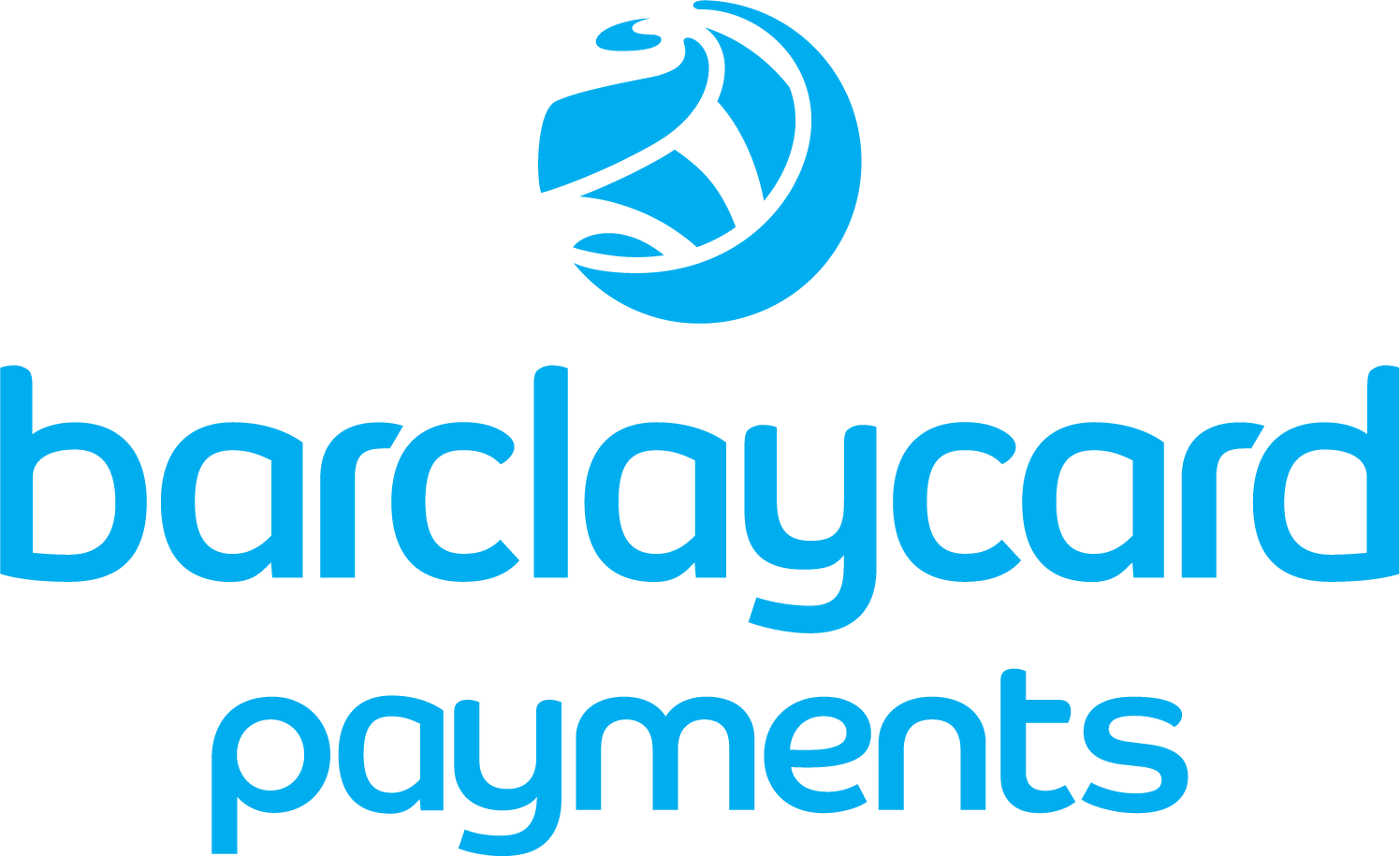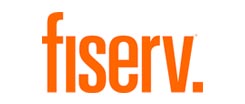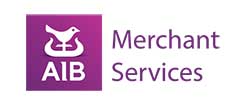- Accept card payments – lowest rates from 0.27%
- Keep your card processing fees to a minimum
- Direct access to the UK’s leading card processing banks
- We ensure your rates always remain competitive
No spam emails or calls
Choose from the payment methods then click Next
What's your turnover each month?
Enter the name of your company
Enter your company's postcode and contact number
Tell us what you need
Fill in our quick form and we’ll give you a call for a brief 5-minute chat to understand exactly what you're looking for.
Get tailored quotes
We’ll match you with up to three of the most competitive offers from our trusted providers that suit your business.
Pick with confidence
We’ll help you understand the options so you can choose the best fit — quickly, clearly, and without any pressure.






The Best Ways to Manage Your Payments Now for a Hassle-Free Experience
In today’s fast-paced world, managing your payments now is more important than ever. Changes in consumer behavior, such as evolving shopping and travel habits influenced by hybrid working, have increased the need for efficient payment management. Whether you’re paying bills, making purchases, or sending money to friends and family, having the right payment method can save you time, reduce stress, and even cut costs.
From bank account transfers to contactless cards, the rise of digital payment solutions has transformed how we pay. But with so many options, how do you decide which is best for your needs?
In this guide, we’ll explore the most efficient ways to handle your payments, ensuring a smooth and hassle-free experience.
1. Introduction to Payment Management
Effective payment management is crucial for both individuals and businesses to keep track of their financial transactions efficiently. With the rise of digital payment methods, such as contactless cards and mobile payments, understanding the various payment solutions available and how to implement them has never been more important. Choosing the right payment method can save you time, reduce stress, and even cut costs. Managing your bank accounts and keeping a close eye on your payment details ensures that you stay on top of your finances and avoid any unexpected issues. In this section, we’ll introduce the concept of payment management, discussing the importance of selecting the right payment method, managing your bank accounts, and understanding the intricacies of your payment details.
1. The Rise of Contactless and Mobile Payments
The majority of UK consumers now prefer contactless cards and mobile payments over cash. With a simple tap or scan, you can accept and make transactions in seconds—no need to enter payment details every time. Understanding the average value of various payment types can help in selecting the right payment method, as consumer spending trends shift towards more frequent but lower-value transactions.
-
Contactless Cards: Most UK debit and credit cards now come with contactless technology, allowing payments up to £100 without a PIN.
-
Mobile Wallets (Apple Pay, Google Pay): Securely store your card details on your phone and pay with just a tap.
-
Wearable Payments: Smartwatches and fitness bands now support contactless payments, making transactions even more convenient.
Tip: Always check your account statements to ensure no unauthorised transactions occur, even with strong protection measures in place.
2. Bank Transfers & Direct Debits for Regular Bills
If you expect regular bills (like utilities, subscriptions, or rent), setting up a Direct Debit ensures you never miss a payment date. Payments may be scheduled on the same day each month following the initial payment date, providing the convenience of making payments each month.
-
Faster Payments: Send money instantly between UK bank accounts.
-
Standing Orders: Automate fixed-amount transfers (e.g., rent).
-
Direct Debits: Variable amounts (like energy bills) are charged automatically.
Worry-free tip: Always keep enough funds in your account to avoid late fees.
3. Digital Wallets & Payment Apps
Services like PayPal, Revolut, and Monzo provide seamless payment solutions for both personal and business use.
-
Pay in multiple currencies without high exchange rates.
-
Split bills easily with friends.
-
Receive payments quickly from merchants or clients.
Staying updated on recent payments made through these digital wallets and payment apps is crucial for managing your finances effectively.
Note: Some apps may charge fees for instant transfers, so always check the cost before confirming.
4. Buy Now, Pay Later (BNPL) Services
BNPL schemes (like Klarna or Clearpay) let you spread the cost of purchases over weeks or months—often interest-free.
-
Eligible for online and in-store purchases.
-
Helps manage cash flow without credit card debt.
-
The first payment for BNPL services may occur immediately upon purchase or after a free trial period, depending on the provider.
-
Warning: Missing payments can lead to fees or affect your credit score.
5. Cryptocurrency & Digital Currency Payments
While not yet mainstream, some merchants now accept Bitcoin and other digital currency as payment.
-
Offers fast cross-border transactions.
-
Highly volatile—expect fluctuations in value.
-
Ensure you understand tax implications before usage.
7. Implementing Payment Solutions
Implementing payment solutions requires careful consideration of various factors, including the type of business, target audience, and preferred payment methods. Merchants can choose from a range of payment solutions, such as credit card processing, debit card processing, and contactless payments. To provide a seamless and secure payment experience for customers, businesses should select a reliable payment processor, ensure compliance with industry regulations, and provide clear payment details and instructions. By doing so, businesses can enhance customer satisfaction and streamline their payment processes. Remember, the right payment solution can make a significant difference in how smoothly your transactions are handled.
8. Understanding Payment Cycles
Understanding payment cycles is essential for businesses to manage their cash flow and make informed decisions about their payment solutions. A payment cycle refers to the process of receiving and processing payments, from the initial payment request to the final settlement. Businesses should be aware of the different stages of the payment cycle, including payment initiation, payment processing, and payment settlement. By understanding these stages, businesses can identify areas for improvement, reduce payment processing times, and provide a better payment experience for their customers. Efficient management of payment cycles can lead to improved cash flow and overall financial health for your business.
6. Managing Payments for Businesses
If you run a business, choosing the right payment solutions is crucial for customers and cash flow.
-
Online Payments: Use secure website integrations like Stripe or Square.
-
Invoicing Software: Automate billing and track payments.
-
Merchant Services: Accept contactless cards, mobile payments, and even cash if needed.
The rate of adoption of various payment types, such as debit and credit cards, is increasing among businesses, while the rate of cash payments is anticipated to decline in the coming years.
Tip: Compare fees across providers—some charge per transaction, while others have flat monthly rates.
10. Tracking Payment History
Tracking payment history is crucial for individuals and businesses to manage their finances effectively. By monitoring payment history, users can identify trends, detect potential issues, and make informed decisions about their payment methods. Payment history can be tracked through various means, including online banking, mobile banking apps, and payment processing platforms. When tracking payment history, users should ensure that they have access to accurate and up-to-date information. Understanding the different types of payments, including debit card payments, credit card payments, and contactless payments, is also essential. Keeping a detailed record of your payment history helps you stay organized and make better financial decisions.
11. Handling Payment Issues
Handling payment issues requires prompt attention and effective communication. When a payment issue arises, users should contact their payment provider or bank to report the issue and seek assistance. Common payment issues include declined payments, payment processing errors, and fraudulent transactions. To handle payment issues efficiently, users should provide clear payment details, including payment dates, payment amounts, and payment methods. By addressing payment issues quickly and providing all necessary information, users can minimize disruptions to their financial activities and ensure a smooth payment experience. Remember, proactive management of payment issues can save you time and prevent potential financial headaches.
7. Security & Fraud Protection
With the rise in digital payments, fraud risks have also increased.
-
Always use strong passwords and two-factor authentication.
-
Never share payment details via email or unsecured sites.
-
Monitor your account for unusual activity.
In addition, the introduction of new payment methods can influence transaction frequency, as consumers may make more frequent, smaller purchases rather than larger, single shopping trips.
Most UK banks offer protection against unauthorised transactions, but you must report issues quickly.
8. The Decline of Cash—But It’s Not Dead Yet
While data shows a steady decline in cash usage, it’s still useful for small transactions or emergencies.
-
Some small businesses prefer cash to avoid card fees.
-
Always carry a small amount as a backup.
-
At the end of a membership’s free trial period, the initial payment will be charged, and subsequent payments will align with the anniversary of that initial payment date.
Final Thoughts: Choosing the Best Payment Method for You
The best payment method depends on your subject needs:
-
For everyday spending: Contactless cards or mobile wallets.
-
For bills: Direct Debits or standing orders.
-
For businesses: A mix of online and in-person payment solutions.
By staying informed and using the right tools, you can create a seamless process that lets you pay without worry. Consumer habits are shifting towards making more frequent but lower-value purchases, highlighting the worth of smaller transactions in today’s payment landscape.
Continue to review your payment details regularly, and always check for updates in services or fees. With the right plan, managing your payments now can be simpler than ever.